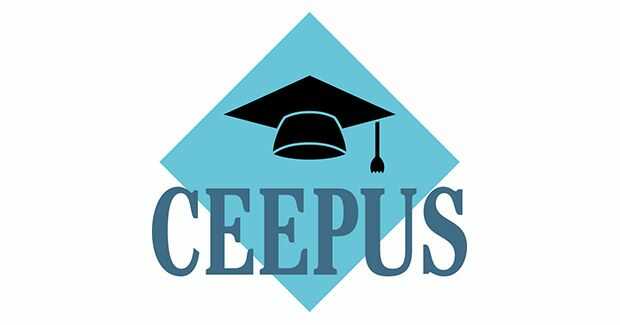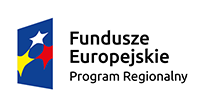CEEPUS

CEEPUS is an acronym for "Central European Exchange Program for University Studies".
Members
Current member countries: Albania, Austria, Bosnia and Herzegovina, Bulgaria, Croatia, the Czech Republic, Hungary, Macedonia, Moldova, Montenegro, Poland, Romania, Serbia, the Slovak Republic and Slovenia. Prishtina/Kosovo is also participating.
Forms of cooperation
The main activity of CEEPUS are university networks operating joint programs ideally leading to Joint Degrees, esp. Joint Doctoral Programs. CEEPUS covers mobility grants for students and teachers in this framework.
Main objectives
The main objectives are:
- Focus on joint PhD programs.
- Promote cooperation in the framework of the EUSDR.
Finances
With CEEPUS, there is no transfer of funds: There is an internal currency of "1 scholarship month" instead. Each country pays its INCOMING students and teachers and has to pledge at least 100 scholarship months per academic year. The CEEPUS Agreement also specifies that these grants be comprehensive grants linked to the local cost of living. So far, experience has shown that this system works very well.
Organizational structure
CEEPUS is based on lean management. The highest ranking decision making CEEPUS body is the Joint Committee of Ministers that meets once a year and takes all strategic decisions. Coordination, evaluation, program development and advertizing are the main tasks of the Central CEEPUS Office (consisting of only two persons). Each country has a National CEEPUS Office in charge of national implementation. In order to avoid setting up new administrative bodies, the National CEEPUS Offices are integrated into already existing structures, usually national agencies.



